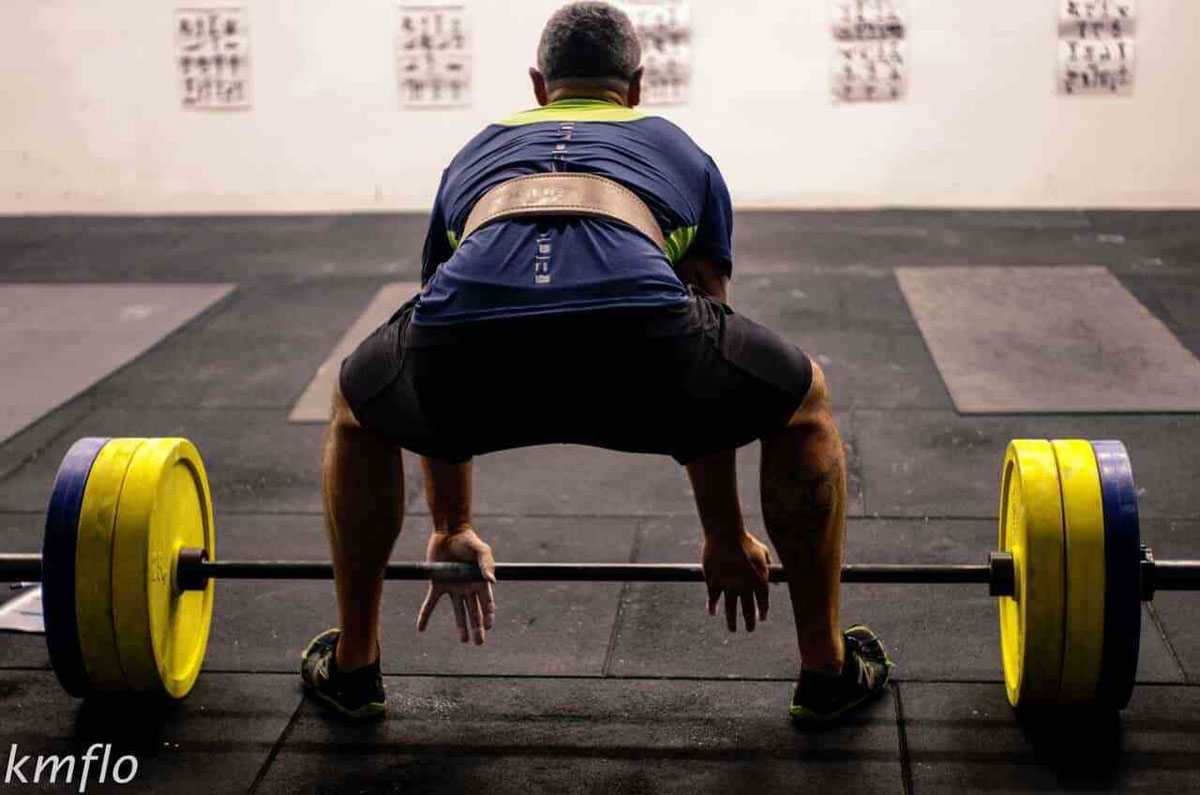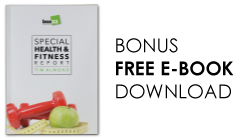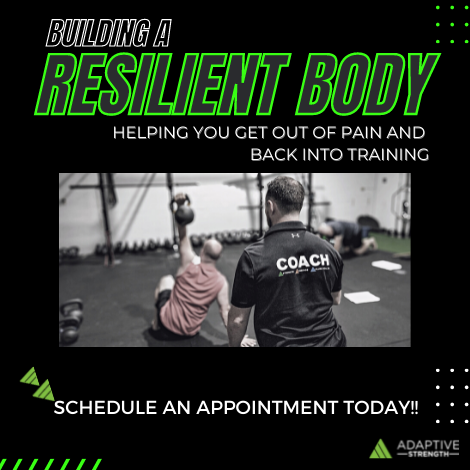Controlled Breathing As A Means Of Exercise
Many theories concerning the art of breathing have been exploited over the years. Numerous books and article dealing with the subject have been offered to the public.
The net result, however, has been unsatisfactory.
For the simple fact, that this information has been met with comparatively little response. The truth and value as to the importance of learning a correct breathing strategy may have been presented, but it has remained valueless, since it has not been accepted and acted upon by the majority of the public.
It seems, a difficult task to impress anybody not familiar with the wonderful advantages of correct breathing. And for them to recognise and acknowledge the vital bearing breath-control has on their well-being.
Possibly the problem is, that air is too ridiculously cheap, to be respected.
The added problem is breathing is ordinarily automatic, requiring no thought. Most persons give it no attention, since they have no realization of its importance.
If air had to be paid for, or if only a very limited amount were to be distributed to each consumer, there would be an instant and universal recognition of its supreme value. Its restriction would compel every individual to appreciate the unique worth of the true Elixir of Life.
Strength Training And Breathing
After the fundamental principles of deep breathing are mastered (through drill like crocodile breathing), the next step is to connect it with different exercises.
At first it will be somewhat difficult to combine attention to both exercise and breath, but the ability to do this will be readily mastered by practice.
The point involved is that the muscles of the chest have a reflex action on other muscles. For instance, when the lungs are full of air all the cells are inflated to
the utmost, the chest is stretched, the diaphragm is drawn down. The various muscles of the chest, of the back and of the abdomen are in a state of high tension.
Power Breathing
Diaphragmatic inhalation will make you stronger and your back safer. Stand up and attempt inhaling into the stomach through an open mouth. Once you have failed, do it through the nose and “inhale into the groin and into the obliques.” Note the tight, safe feeling in the midsection achieved in the last variation.
To practice power breathing, take a diaphragmatic inhalation, filling your lungs to approximately 75% of their capacity. Contract the muscles of the pelvic floor (restrain yourself from going to the bathroom), press your tongue behind your teeth, and powerfully hiss: “TSSSSSSS!!!” Keep the tension in your stomach—not in your head, face, and neck. Keep your shoulders down. Pause between repetitions to avoid getting lightheaded.
WARNING: People with cardiovascular disease and some other conditions like high blood pressure should not try this type of breathing. Consult your physician.
Power Breathing In Practice
Practice “inhaling into the groin” through the nose on the negative of a deadlift and forcefully but not completely exhale with a hiss on the way up. The rhythm of inhaling on the way down and exhaling on the way up is optimal for high force applications and is known as the “biomechanical breathing match.” Do not get dizzy, stop after a couple of reps.
Lead the movement with your breath: pack your abdomen with air on the negative and use it to lift the kettlebell. Visualize sending compressed breath into the ground through your feet.
If you have done it correctly, you will finish the deadlift with your abs tensed.

The biomechnical breathing match — an essential hard style technique
With hardstyle kettlebell training it demands great power. To help you get the most power you need to incorporate the biomechanical breathing match.
When high forces are generated the expiration should match the forced phase of movement regardless of its direction or anatomical position. For instance, rowers exhale during the stroke phase… This breathing is termed a biomechanical match. During strength exercises, the breathing phases and movement should be matched biomechanically.” (Zatsiorsky, 1995)
In addition to the strength increase, the biomechanical match reduces the load on the spine by increasing the intra-abdominal pressure.
A Final Thought… Always Breathe Through The Nose
It should be remembered, also, that so far as possible, all inhalation of air should be through the nose. This is for two very important reasons.
First, the fine hairs lining the nasal passages act as a sieve through which the inspired air is strained.
Further than this the lower turbinated bodies in the nose, and the lower half of the middle turbinates are covered with tiny cells (ciliated tissue) protruding from the membrane covering of the turbinates.
These cells catch and hold any particles of dust or other matter that may have slipped through the hair screen of the nostrils. Thus dust, germs and
other harmful material are removed from the air .currents, and prevented from reaching the lung cells.
The next most important reason is that the chambers of the nose, with their wonderfully rich blood supply, act as temperature regulators.







